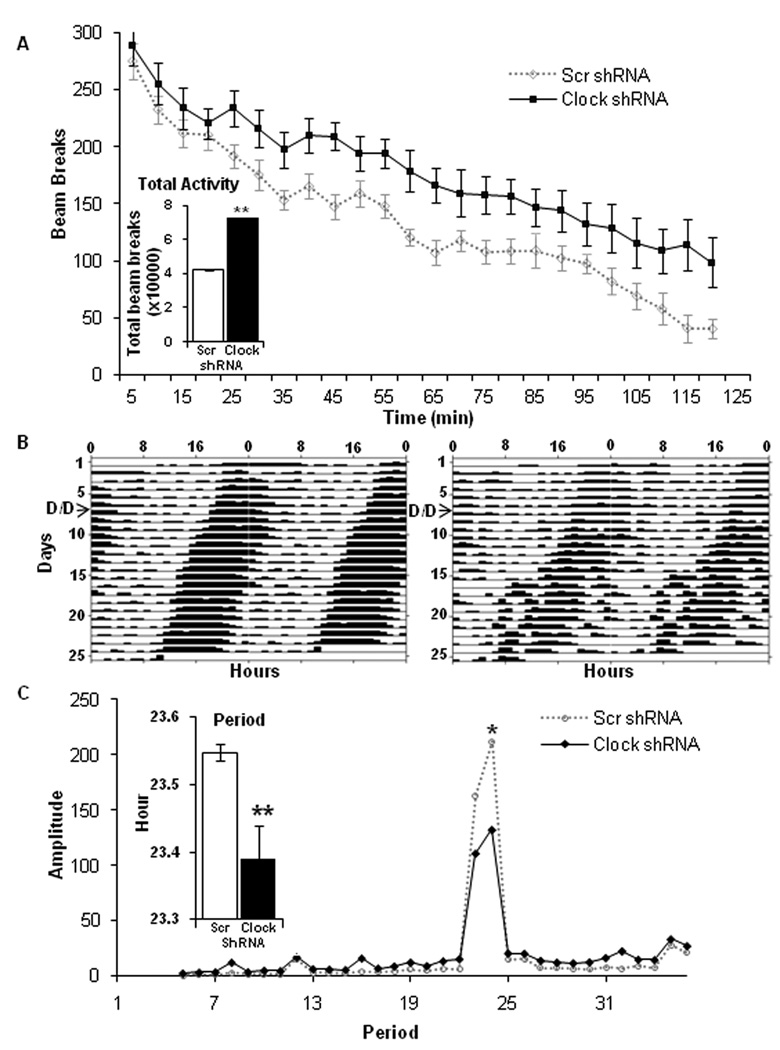Figure 2. CLOCK function in the VTA regulates the locomotor response to novelty and circadian locomotor rhythms.
(A) Clock knock-down in the VTA leads to a hyperactive response to novelty. Total locomotor movements of AAV injected mice were continuously measured in a novel environment and the data were collected in 5-min blocks over a period of two hours. The inset shows the total number of beam breaks in a novel environment made by AAV injected mice during a two hour measurement. AAV Clock shRNA injected mice showed significantly greater levels of locomotor activity (p< 0.001, n=15–20). (B) Expression of CLOCK in the VTA plays a critical role in the generation of normal circadian rhythms. Representative actograms showing running wheel activity of Clock (right panel) and Scr (left panel) shRNA infected mice. Mice were maintained under a 12 hr light/dark (L/D) cycle for one week. Subsequently, they were placed in 24 hour constant darkness (D/D) and the wheel running activity data was collected for an additional 15 days. The switch to D/D is noted on the actograms by an arrow. (C) CLOCK knock-down in VTA alters both period and amplitude. Free running period and amplitude were calculated based on wheel running data in the D/D phase. The inset shows the difference in circadian period between the Scr and Clock shRNA injected mice (P<0.01) while the line graph shows the difference in amplitude between Scr and Clock shRNA mice (P<0.01, n=10).

